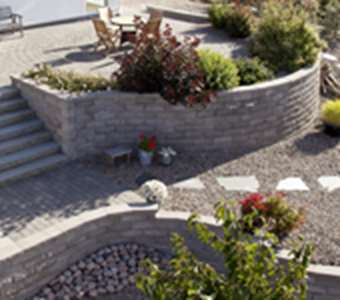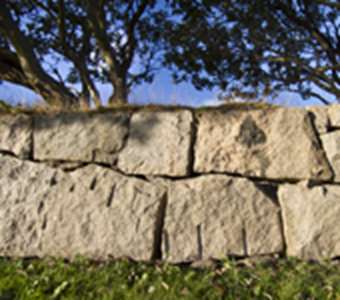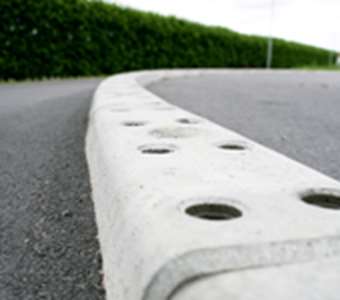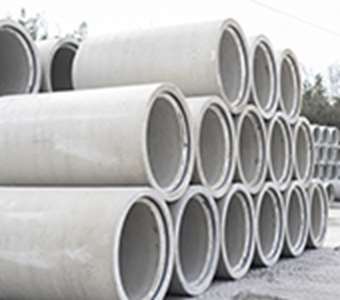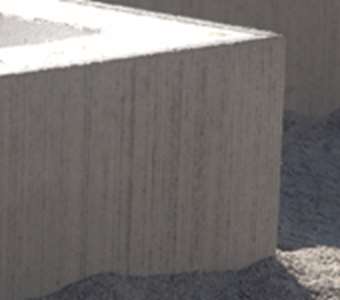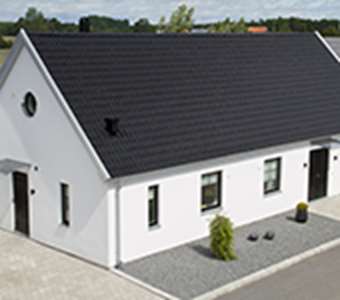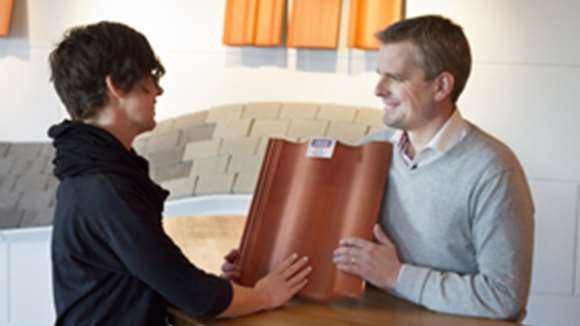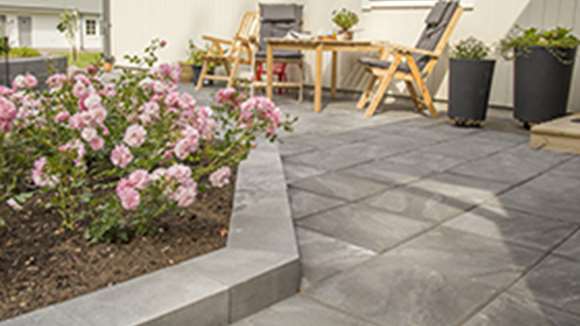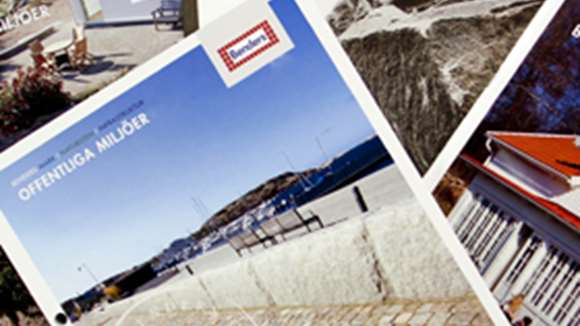Pinned kerbing was developed towards the end of the 1960s and, since then, has been manufactured and developed by Spikma and Benders. The need for prefabricated kerbing grew along with increased vehicular traffic and the problems this brought. A simple product that was cheap to maintain and could be laid quickly was needed.
Especially in comparison with the bonded or buried alternatives, pinned kerbing offers many advantages. Whatever the weather (rain, sub-zero temperatures, etc.), pinned kerbing can be laid. Adjustment during laying is easy. The kerbing is only pinned into place when placement is exactly correct. Furthermore, if an accident should happen, replacing individual elements is easy as there is no direct damage to the substrate. Simply remove the damaged element, insert a new one and then pin it in place. Yet another advantage of Benders’ pinned kerbing is that it can be reused if a refuge, or similar, has to be moved.
Easy laying and a complete range have led to Bender Spikma becoming a byword for kerbing in northern Europe. We can, with pride, say that pinned kerbing is the market’s most efficient kerb stone concept.
Laying
Preparation is minimal when laying pinned kerbing. For best results, the substrate should be cleared of grit and/or snow. Remember also that the substrate should be even so that the kerbing is firmly seated throughout its length. Pinned kerbing can be laid on both the upper and the lower asphalt layer. For easy and attractive laying, straight lines can advantageously be ensured using pegs and tight string. Pallets of kerbing can be positioned at regular intervals. Using our special dolly, laying is then simple and easy with no heavy lifting.
Pinning
All kerbing is supplied with pre-fitted special pins secured by polyethylene bushings. Our powered chipping hammers (also called pin guns) equipped with a pin adapter are the tools most commonly used for pinning. For long stretches, the chipping hammer can be connected to a generator cart. This well-conceived and ergonomic solution is ideal here. For short stretches, our manual driver is eminently suitable. It is designed so that the hammer mechanism locks in the deactivated position when the pin has been driven fully home.
Reinforcement
Kerbing is often laid in difficult environments. Stones at corners or on sharp bends are particularly exposed to high loads. For use where there is no asphalt or concrete backfilling behind the kerbing, there is an alternative to types B and D. The alternative has an extra hole for driving home a reinforcement bar to increase anchoring. A 14 mm drill is here used to create a hole into which a 12 mm reinforcement bar is driven. This gives considerably more strength at exposed points.
Repair
Replacing a damaged kerbing element is very easy. A crowbar or similar is used to prise up the damaged element. A 1,000 mm element can then be replaced with two 500 mm equivalents (so that the holes for the pins are offset). Pin these into place and the job is done!
Minimal preparation and rapid laying with very few interruptions for bad weather mean that the overall economy of Benders’ pinned kerbing is hard to beat.















